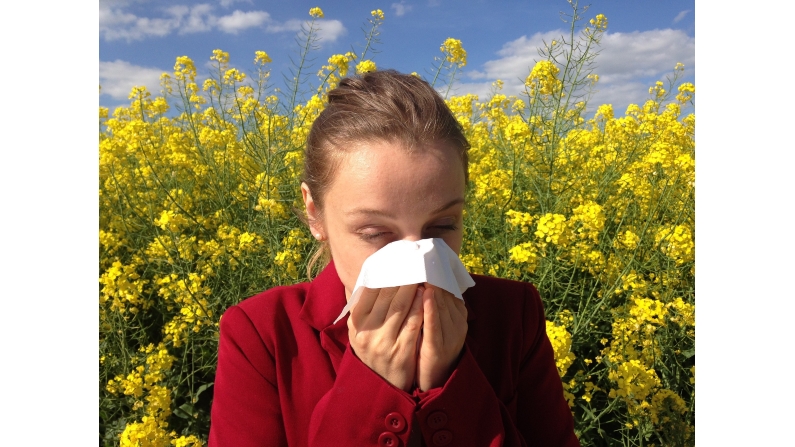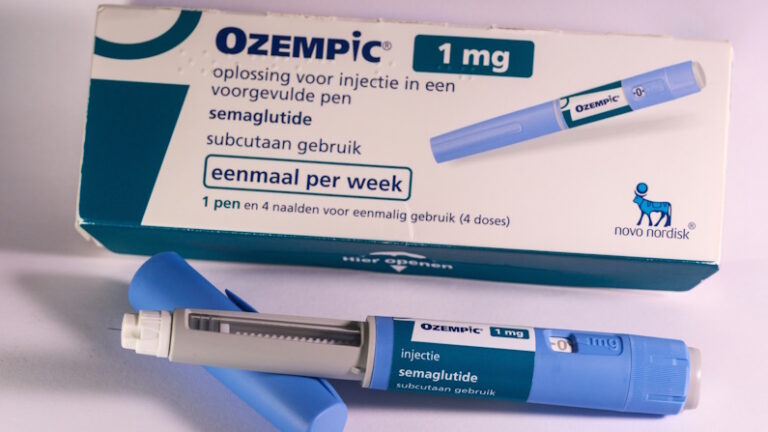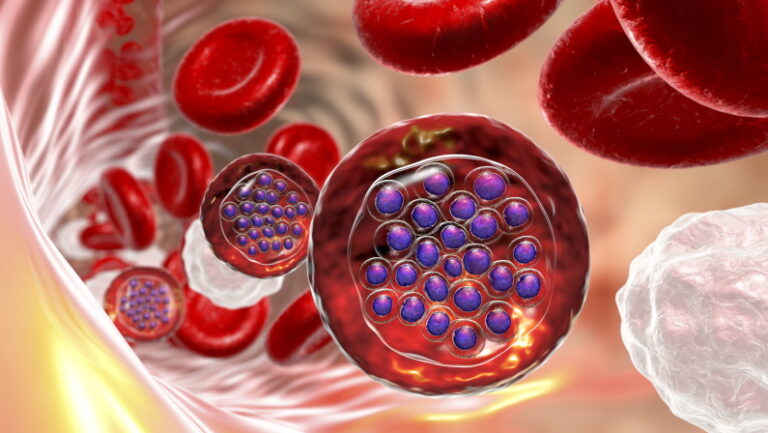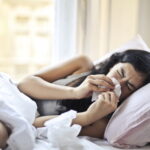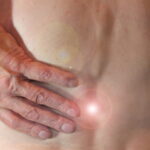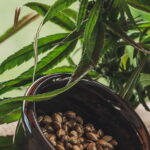Seasonal allergies are part of the sixth-leading cause of chronic illness in the United States alone is allergies. Manufacturing drugs and treating the symptoms have currently reached an estimated $18 billion industry.
And it’s here again.
Seasonal allergies, broadly known as having hay fever, are defined by individuals’ immune systems overreacting to pollen from plants, grass, trees, and weeds.
It really only comes between spring and fall, but it depends on the weather and the location of flare-ups. To be more specific, tree pollination begins in February and is the cause of spring allergies, while grass pollination occurs in both the spring and the summer. Lastly and for the most part unexpectedly, late summer to early fall brings weed or ragweed pollination.
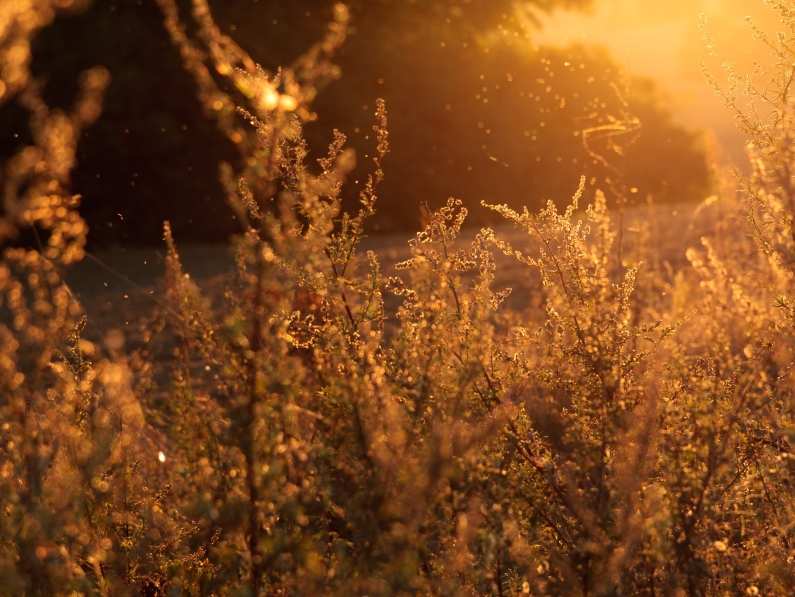
How Do I Know it’s Just Allergies?
Common allergens that are there regardless of the seasonal changes, include: animal dander, dust mites, foods, medicines, and mold.
When you have a seasonal allergy, you tend to have a little discoloration and swelling under the eyes, as well as the classic cough, itchiness in the mouth, nose, and throat, and some fatigue. People that get seasonal allergies also complain of itchy and watery eyes, nasal congestion, postnasal drip, and the inevitable sneezing.
Some people can also simultaneously have asthma, sinusitis, bronchitis, sleep disorders like apnea, and upper respiratory tract infections. These symptoms obviously make the effects of seasonal allergies much worse.
When you have a cold, although some of the symptoms overlap, the cold is accompanied by body aches and a sore throat. Also, seasonal allergies last for weeks while a cold usually lasts around 5 – 10 days before tapering off.
Many people opt for an allergy skin test. Although you get pricked quite a few times, its a specific antigen that will observe the way your skin reacts a provide a rapid and clear result. It helps to eliminate variables and can give a better quality of life, knowing what exactly what to avoid.
Tried and True Treatments for Seasonal Allergies
Below is a comprehensive list of common but effective methods to alleviating seasonal allergies and controlling symptoms before they become full blown.
Medication
The number one anti-allergy ingredient in all allergy medications is a good old fashioned antihistamine. The classic allergic reactions come in the form of itching, nasal congestion, and constant sneezing. Antihistamines block the specific chemical that causes these symptoms. These can be taken as nasal sprays, eye drops, pills, and liquid. Look for cromolyn sodium for an effective antihistamine.
Nasal decongestants can promptly help the swelling go down in the sinuses, which in turn allows mucus to be expelled. When inflammation is reduced, you can breathe better. The down side of nasal decongestants is that they must be taken short term in order to do less damage – side effects also include headaches and increased blood pressure so people have to take these with caution.
Corticosteroids help open tightened airways and leukotriene modifiers block allergy-induced asthma. These are more vigorous ways to combat seasonal allergies, but are effective in reducing aggressive symptoms.
For individuals that have asthma, an inhaler can work wonders for opening up the airways. Inhalers also provide steroids for reducing inflammation in the lungs and upper respiratory tract.
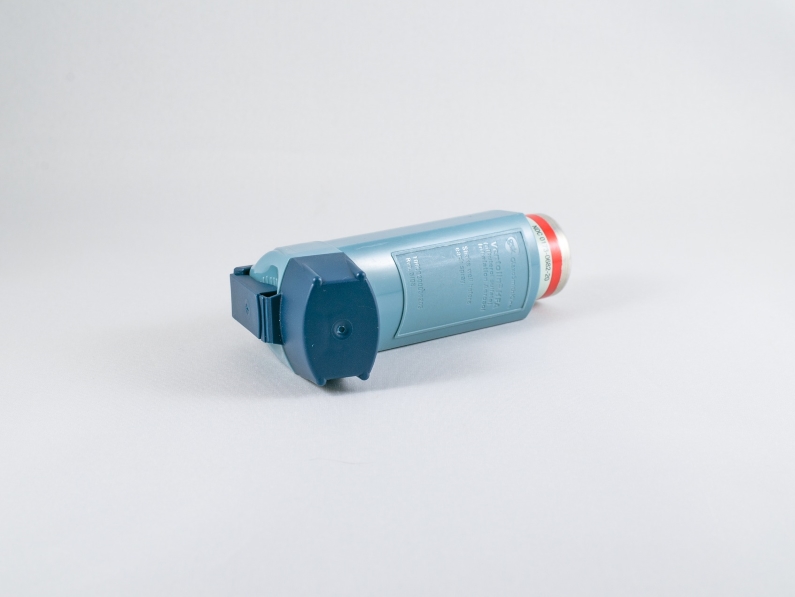
The Best Diet for Seasonal Allergies
As most great diets go, stick to low-fat foods that are high complex carbs. Drink a substantial amount of water to keep your mucus thin.
Include a lot of the following foods when eating:
- Dark green, leafy vegetables
- Yellow and orange vegetables
- Bamboo shoots, cabbage, beets, carrots, and yams
- Onions, garlic, ginger, cayenne, and horseradish
Try to minimize these:
- Alcohol and caffeine
- Dairy products
- Bananas
- Citrus fruit
- Chocolate
- Food coloring
- Peanuts
- Red meat
- Too much sugar
- Wheat
Also, taking vitamins (vitamin A, C, E, and zinc) can help with alleviating allergy symptoms. Bioflavonoids are a great antihistamine, and both bromelain (found in pineapples) and vitamin C (citrus fruits) make them more bio-available.
Flaxseed and probiotics can also help, as well as drinking green and ginger tea. The less mast cell production, the less allergic reactions.
Fighting Seasonal Allergies Unconventionally
In general, you should stay indoors or with the windows up when there are seasonal flare ups. It’s extremely tempting to go outside and enjoy the spring and sunshine, but by barricading inside, you’ll eliminate unwanted pollen inside the house.
Also, try a dehumidifier which helps with loosening up mucus and breathing better.
Don’t forget to enjoy the rain, because after the rain has stopped, all the pollen has been washed off of everything. And just like rain washes the pollen off, so does taking a shower. You may not notice it, but our clothes, skin, and hair have little bits of pollen as well, and you’ll want to sleep as peacefully as possible.
Besides taking extra showers and using wet wipes to keep the skin pollen-free, rinsing the nose with a nasal solution makes a tremendous difference in some individuals. It filters everything out the nose has trapped inside it. When you rinse out the sinuses, it flushes out allergens as well as discomforting mucus.
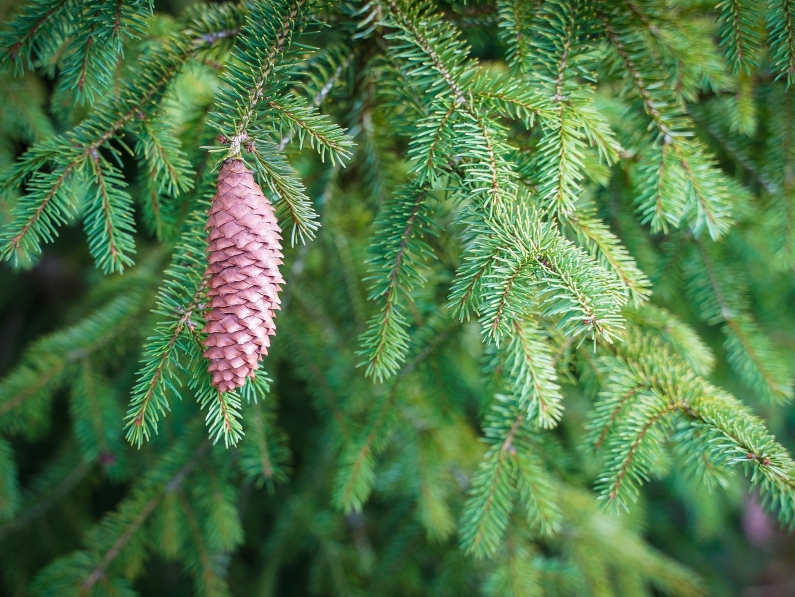
Prevention
By following www.pollen.com, you can follow the National Allergy Map and learn about the allergy forecasts in your area. It’s a good way to plan your day and your exposure at least five days in advance of flare ups. You can also read the newspaper and watch the television for up to date pollen counts, which weather experts and researchers provide to viewers during pollen season.
When you know in advance, be sure to take allergy medication ahead of time to minimize reactions.
When It All Fails
The best (but not the least painful) method of reducing symptoms allergies, is to expose the body to the allergen itself. By allowing small doses of the allergen to encounter your body, you can potentially build your natural immunity to it.
Some individuals try taking teaspoons of honey that have been produced locally. Honey is an excellent way to expose the body to pollen in a particular region and allow immunity to form.
Immunotherapy injections and sublingual tablets are an alternative way to introduce the body to small amounts of an allergen, in order to desensitize the body and eliminate allergic reactions. This is a great method for children, as immunotherapy can be administered over the course of several years and can help build a child’s immunity for a long allergy-free life.
For more information on seasonal allergies, visit https://acaai.org/allergies/seasonal-allergies and https://www.fda.gov/consumers/consumer-updates/seasonal-allergies-which-medication-right-you.
